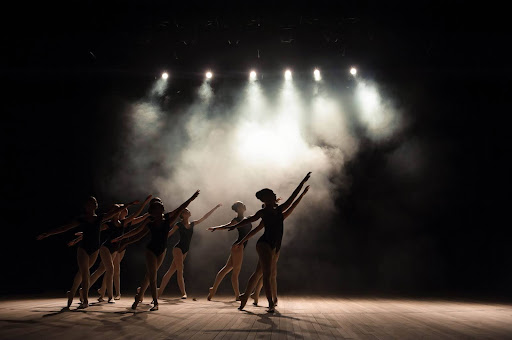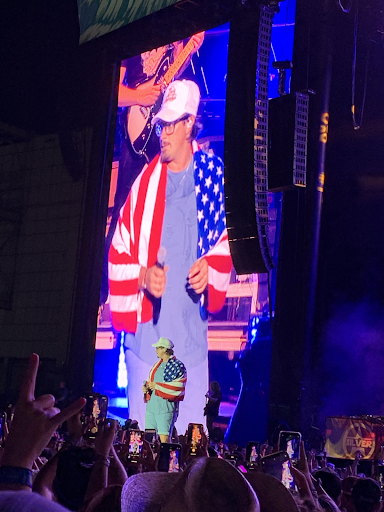All throughout TikTok, you might have seen how AI can recreate celebrity voices with eerie accuracy and make it seem like they said things they really didn’t. Also, you may have heard companies like Facebook and Microsoft announce the development of their own AIs to assist their user interface. But there’s another use of AI that also exploded in popularity: AI Art.
AI tools now have the ability to create “original” pieces of “unique” art for free, with users plugging in simple key phrases—such as “space” or “flowers”—as a guideline. The AI would take these keywords and then use them as search terms in a massive database composing of hundreds of thousands of images. The images with the most matches would then be mixed together to form a new piece of art, some which look as if they were created by real people.
There’s a reason why the art created by AI looks natural and realistic: because it was art once taken from real artists, usually illegally. The databases that consist of the images the AI takes art from are taken directly from the internet, sometimes stock images that are free to use, but more often than not genuine pieces of art that were posted and created by real artists—with no credit given. Not only does this seriously disrespect artists who spent years perfecting their craft and then hours poured into each piece, but it also borders on breaking copyright laws.
All kinds of artists—professional, amateur, hobbyist—are all at risk of having their work slyly entered into AI databases for use without their consent. There is no “opt-in” system that asks if they would like to have their work submitted, it just is. From there, people can create AI art from these images, sometimes even claiming that it’s their own and then selling it. Moving sliders around or simply typing in keywords doesn’t compare to the work artists put into their own work. And almost always, the work created by the human artist has more emotion and is much more genuine. Art created by AI simply feels…empty, without that human spark of creativity behind it.
Whenever artists try to fight back, their voices are usually drowned out or they are ridiculed by people, mostly claiming that “AI is here to stay.” And while we know it’s irrational to try and fight back AI itself, more change needs to be implemented to protect the work and talent of artists. Perhaps it’s laws against claiming the piece as their own, or the AI showing what works it used to create its fake art, or making the image-finding system “opt-in” instead. Whatever the change is, artists’ rights need to be protected against AI art.



